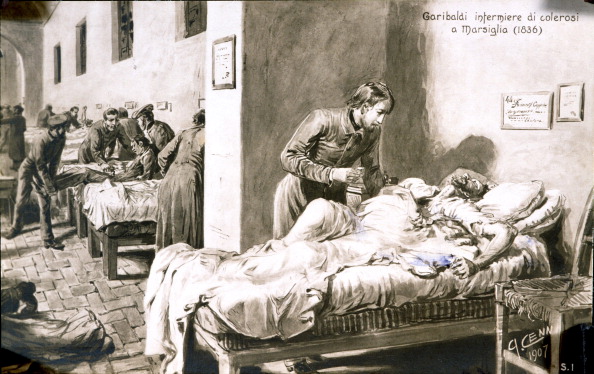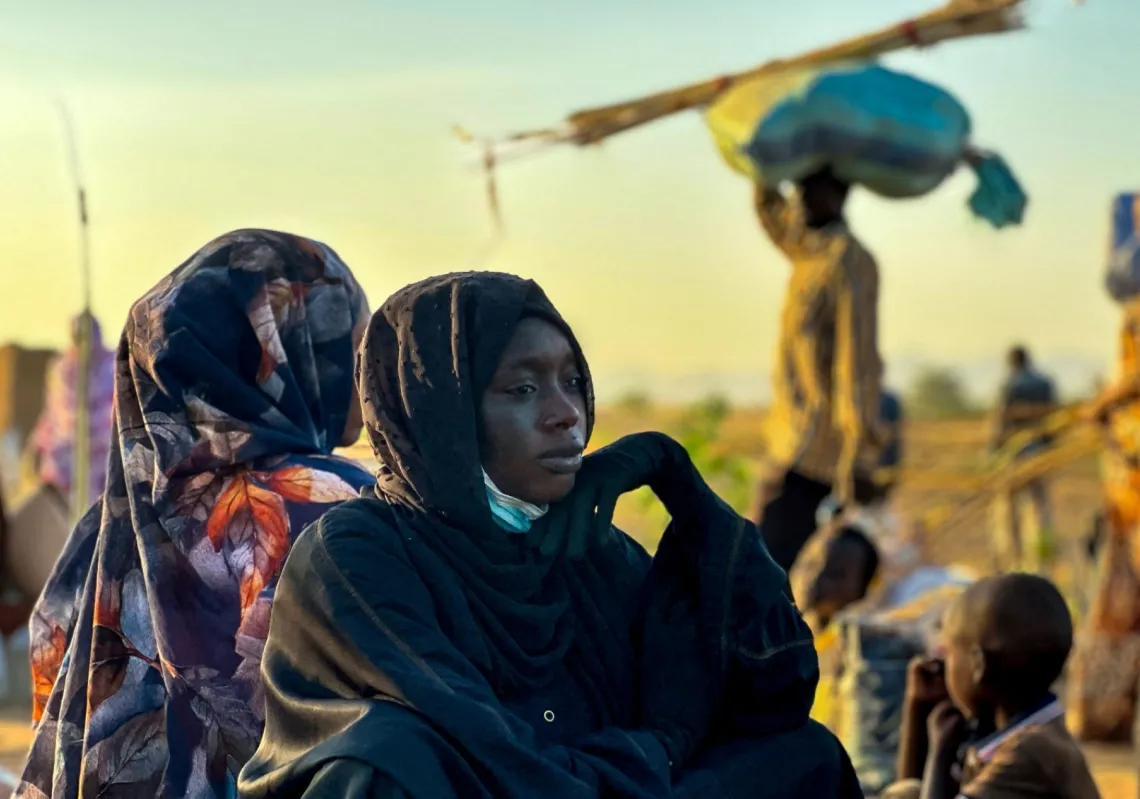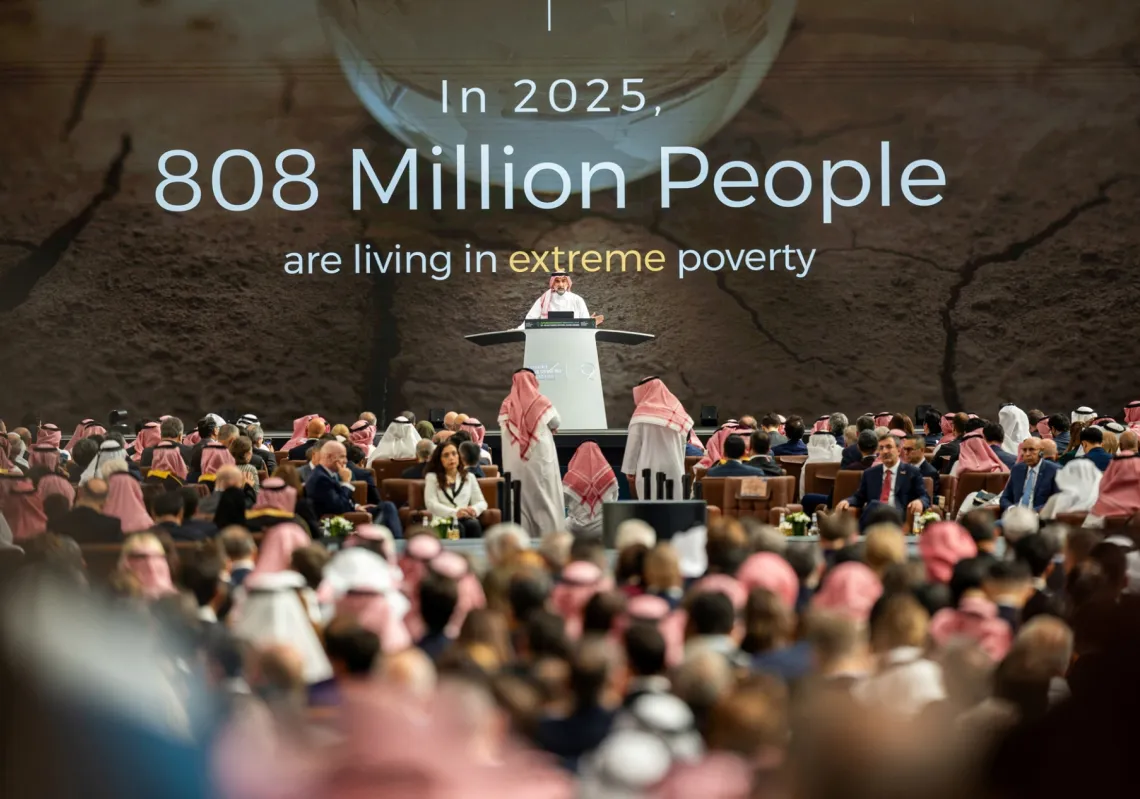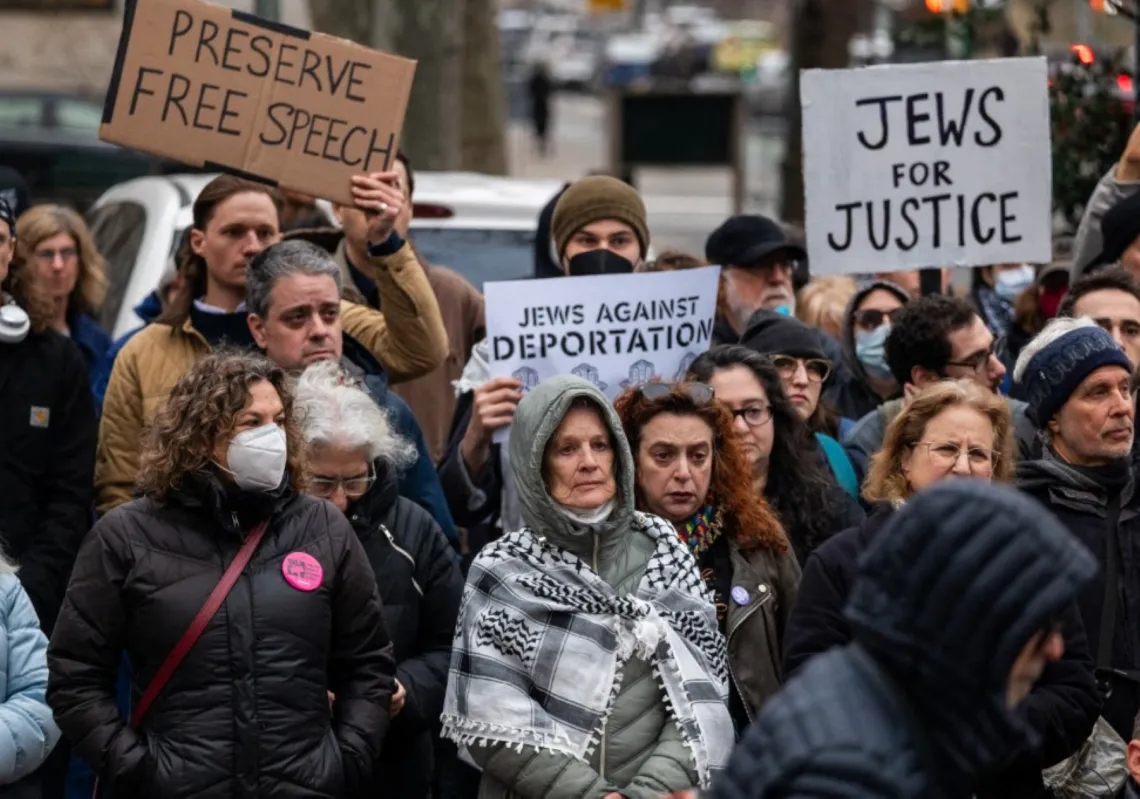Two days later, amid criticism of the president’s handling of the COVID-19 crisis, the White House announced that Vice President Mike Pence would coordinate all public health messaging about the outbreak. Dr. Anthony Fauci, the director of the National Institute of Allergy and Infectious Diseases, told MSNBC’s Hardball that he had not been “muzzled” but noted that he had received clearance to appear on the program.
It is easy to dismiss the Trump administration’s communications crackdown as a heavy-handed attempt to restrict the flow of information about the disease and minimize the scale of the outbreak. But it also reflects a century-old American belief that it is possible to prevent mass panic by controlling information during a rapidly evolving public health crisis.
American confidence in both science and transparency dates back to the Progressive era, the period from around 1890 through World War I, when germ theory took hold and began to transform public health, medical care, and expectations about disease control. This new confidence was, in part, justified: health departments made real progress against the threat of contagious diseases during these years. William Sedgwick, an epidemiologist of the era, summed up the sense of scientific triumph: “Before 1880 we knew nothing; after 1890 we knew it all; it was a glorious ten years.”
Openness in particular was embraced as an important tool for preventing disease-related panics. The sociologist Robert E. Park, writing in 1904, made the case for a “new method of communication” relying on the “power of facts,” which could, when disseminated, transform a frenzied mob into a trusting, compliant public. During the 1907 outbreak of bubonic plague in San Francisco, the popular press touted publishing “honest and complete records” as a means of fighting both pestilence and panic.
FREEDOM FROM FEAR
By the beginning of World War I, freedom from fear was viewed as another triumph of germ theory. Despite growing public confidence in science and medicine, health officials began to see managing public anxiety during disease outbreaks as part of their job. Following the 1918 influenza pandemic, for instance, New York City Health Commissioner Royal Copeland wrote, “My aim was to prevent panic, hysteria, mental disturbance, and thus to protect the public from the condition of mind that in itself predisposes to physical ills.”
But an outbreak inevitably involves communication and decision-making amid uncertainty and evolving evidence. Being able to identify the cause of a disease doesn’t immediately allow health officials to answer questions about how easily it spreads, how long an infected person can sicken others, or how deadly an outbreak will be. The one certainty of infectious disease outbreaks is that information about them will change day to day, even hour to hour. In the modern era, social media amplifies the spread and power of uncertain or false information, vastly complicating the task of health officials.
Outbreak communication puts health officials on the horns of a dilemma. If they share too much information or act too swiftly to implement measures that limit people’s freedom—such as travel bans or quarantines—they will be criticized for fear-mongering. If they withhold information in order to maintain public calm, they can expect criticism for putting people’s lives at risk, particularly if a worst-case scenario subsequently unfolds.

COMMUNICATING CONFIDENCE
The Trump administration is squirming in the grip of this century-old pinch. President Barack Obama’s administration was in a similar position during the 2014–16 Ebola virus outbreak. The CDC at first issued sweeping, confident statements of assurance. But the public and policymakers subsequently overreacted when the first case of Ebola virus disease was transmitted within the United States. New York and New Jersey both enacted quarantine protocols that lacked scientific merit.
What makes the Trump administration’s response to the COVID-19 outbreak unique is not just communication missteps but a communications crackdown combined with concerted efforts to undermine U.S. public health institutions. In 2018, the White House eliminated the National Security Council’s global health security and biodefense directorate, which the Obama administration established in the aftermath of the Ebola virus crisis. That office has been without a head for the past two years, leaving no one with significant public health experience to coordinate U.S. efforts.
The Trump administration requested a $1.3 billion reduction for the CDC over the next ten years in its 2021 budget proposal. Although an emergency coronavirus supplement provides $8.3 billion in funding, the CDC is receiving only $300 million to support the Infectious Disease Rapid Response Reserve Fund and $300 million for global disease detection and emergency response.
As alarming are cuts that hobble agencies that, while not responsible for emergency preparedness and response, are key to ensuring the health and resilience of American communities. For example, the administration has proposed a $4.2 billion dollar cut to the Administration for Children and Families and a $2.6 billion dollar cut to the National Institutes of Health.
As of March 2020, the Trump administration had not restored funding to the CDC’s Global Health Security Agenda, a partnership of over 60 countries that work together to address contagious disease threats. The GHSA has not issued an annual report since 2018. Consistent with the legally binding 2005 International Health Regulations—originally adopted by World Health Organization member countries in 1969 as a framework for strengthening health security in an increasingly interconnected world—the CDC initiative supported laboratory and emergency response systems abroad. China was one of the countries threatened by inadequate funding on the part of the United States and other countries.
THE LESSONS OF HISTORY
Historically, disease threats have inspired elected officials to create or fortify public health institutions. For instance, following the Draft Riots of 1863, which underscored the vulnerability of the tenement districts, and the threat of a cholera epidemic, the New York State Legislature created the Metropolitan Board of Health in 1866. This was the backbone of the nation’s first permanent municipal health department. Its mandate was to respond swiftly to cholera outbreaks and maintain social and economic order.
When the nation faced an influenza pandemic in 1918 and 1919, demand for both disease containment and panic management ushered in a new era of public health institution building. In New York City, for example, the municipal health department substantially increased its surveillance capacity, transforming its epidemiology division from a unit that had simply counted cases into a team that was empowered to detect and respond not only to disease outbreaks but to the anxiety that accompanied them. Institution building also took the form of expanded police power, such as the ability to mandate social-distancing measures or ordinances requiring citizens to wear masks. This was true not only in New York City but around the nation.
Other institutions have been created in anticipation of outbreaks and panic. During the Korean War, CDC official Alexander Langmuir observed that the Chinese were mounting a propaganda campaign accusing the United States of biological warfare. Langmuir believed that the CDC needed to expand its abilities to investigate and respond to domestic disease outbreaks. But he capitalized on the “emotional hysteria” about the possibility of biological warfare in President Harry Truman’s administration, which he believed was “worse the higher one reached into the establishment.” He developed “a plain unvarnished statement of the potentialities of biowarfare and sneaked it through military intelligence.” In 1951, having exploited panic among officials in Washington, D.C., Langmuir secured military funds to create the CDC’s famed Epidemic Intelligence Service.
Some legitimate alarm during a period of uncertainty can facilitate public deliberation and sound decision-making. It can spur the public to listen more closely to official public health communications and to support necessary public health investments.
When the alarm bells stop ringing, funding historically dries up. Public health officials have seen the consequences of urgency followed by loss of public attention and subsequent political neglect over the course of the twentieth century. Examples include surging rates of sexually transmitted diseases, the emergence of drug-resistant tuberculosis, and the persistence of lead poisoning in children.
The White House, unfortunately, is trapped in century-old thinking about what science looks like: it is definitive, it reassures. When it fails to do so or when inevitable uncertainty casts doubt on the administration, it becomes politically expedient to cast doubt on science itself. No one understands the complexity of crisis communication better than Fauci, who emerged as public health’s most trusted spokesperson during the 2014 Ebola virus outbreak. His integrity is not in question when he insists, as he did last month on MSNBC, that “I’ll give you the whole truth, the way I always have.” But the Trump administration’s broader political agenda amounts to a misguided effort to contain and control the inevitably messy communication of rapidly evolving evidence. Coupled with the administration’s efforts to roll back public health institutions’ capacity to prevent, respond to, and ameliorate a potential viral crisis, that agenda increases the risk of both disruptive social panic and a pandemic with unpredictable consequences.
This article was originally published on ForeignAffairs.com.









